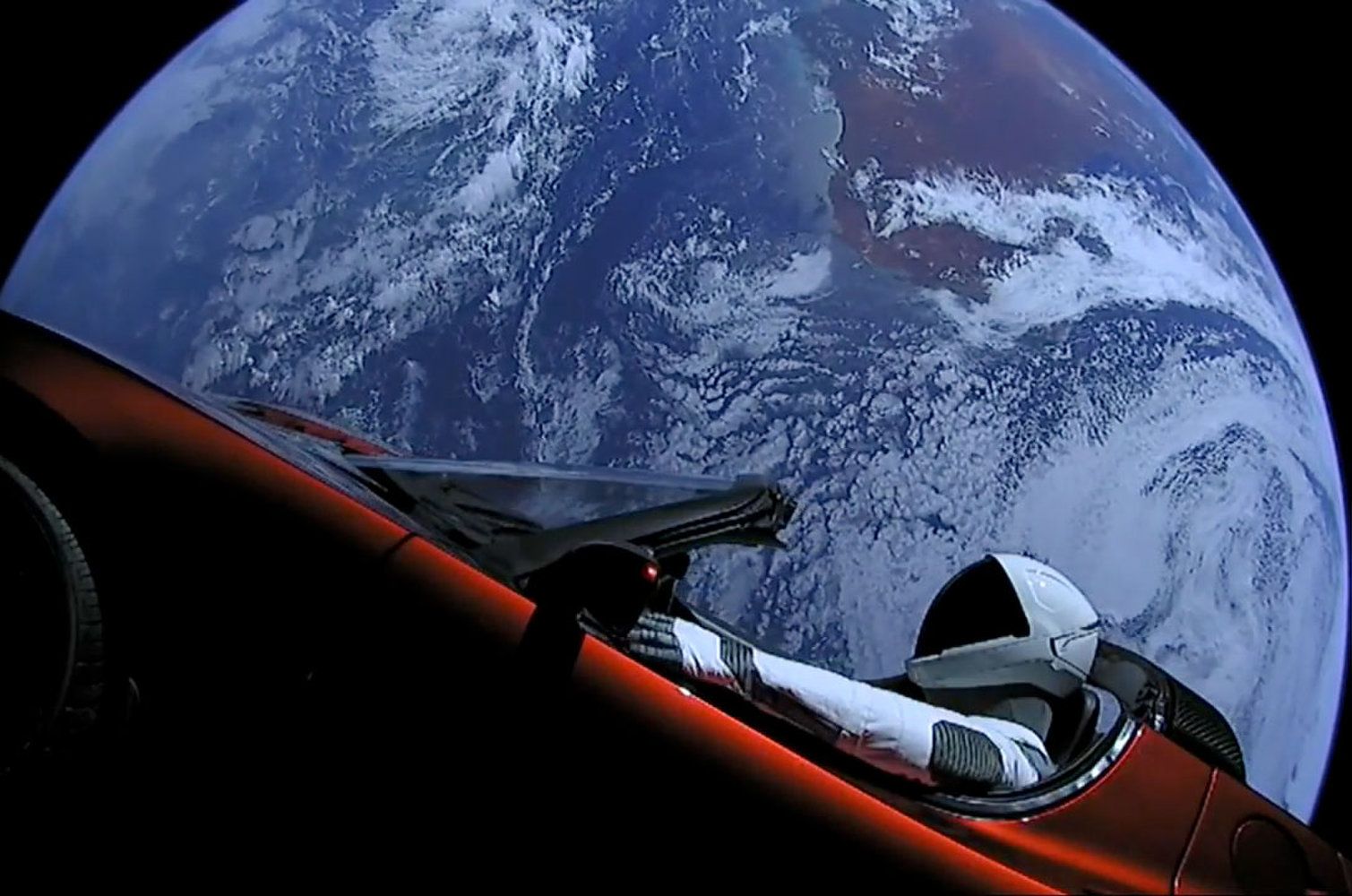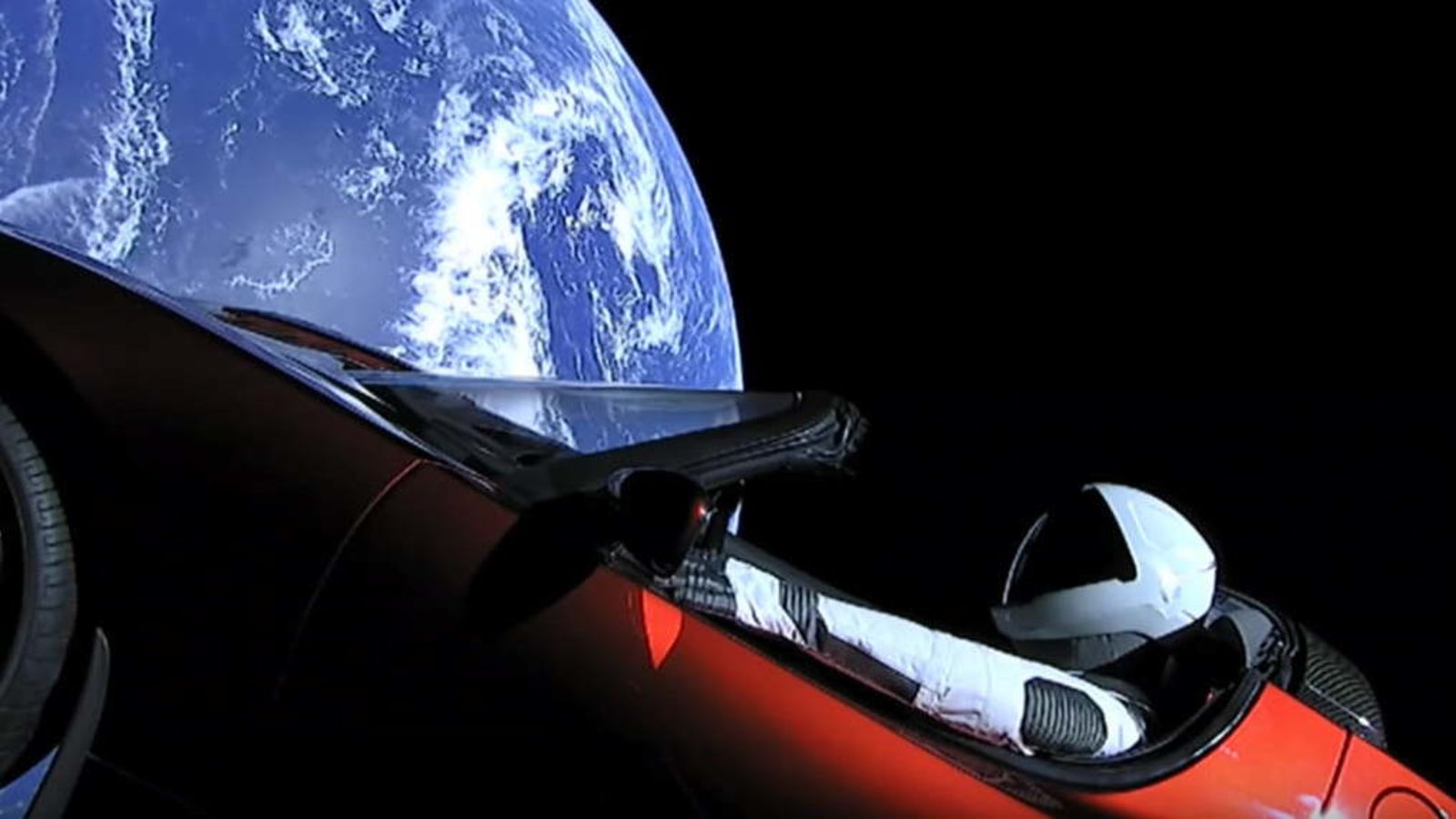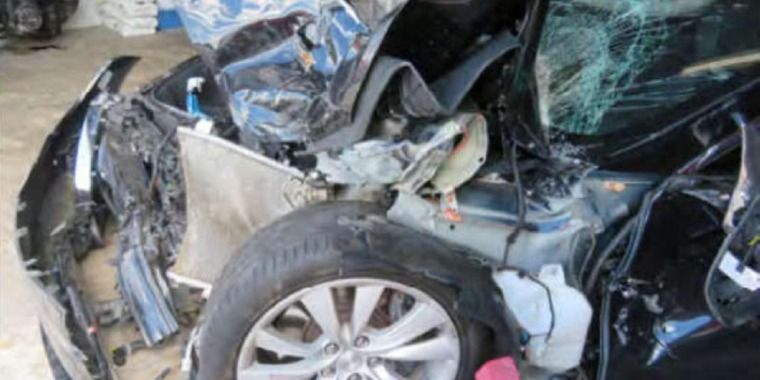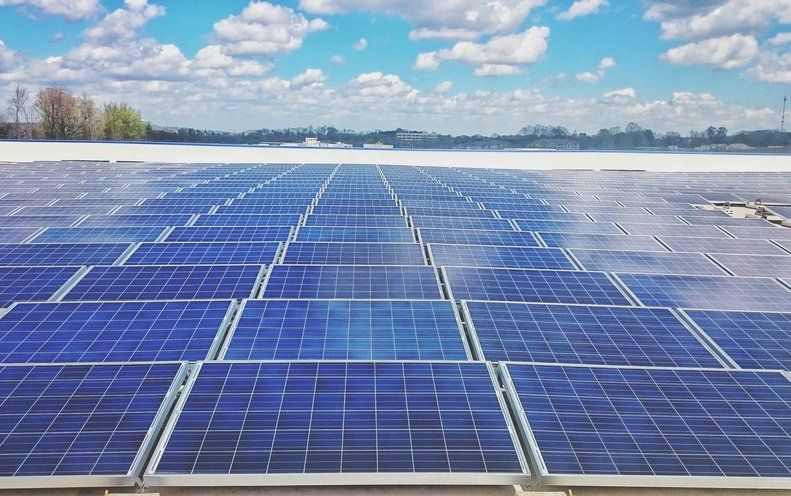The future is both glorious and horrifying. As we continue to expand our technological footprint in the hopes of creating wonder, several issues remain fixed with a trajectory towards disaster. From climate change to the mass extinction of several animal species, there’s no doubt that we’re heading into ruin if we’re to keep this up.
As our technology continues to advance to the point of bringing the dead back to life, how will our own species react to a growing new population of animals that can die and live again?









